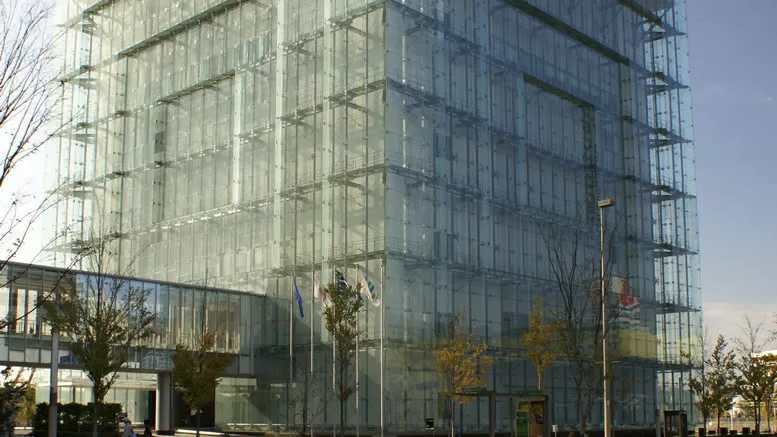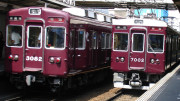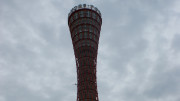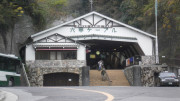The Disaster Reduction Museum is operated by the Disaster Reduction and Human Renovation Institution, which was established in the years following the Great Hanshin Earthquake—commonly known as the Kobe Earthquake. The disaster struck the Kobe area on Tuesday, January 17, 1995, registering 6.8 on the magnitude scale.

The Great Hanshin Earthquake was Japan’s worst earthquake since the Great Kantō Earthquake of 1923. It caused approximately ten trillion yen in damage and is listed in the Guinness Book of Records as the “costliest natural disaster to befall any one country.”
At the time, Kobe was one of the world’s busiest ports, but the earthquake devastated its port infrastructure. The hardest-hit areas were the man-made islands that housed much of the port, leading to severe flooding, road collapses, and bridge failures. In the aftermath, Kobe rapidly rebuilt its infrastructure, and the Disaster Reduction and Human Renovation Institution was established to research ways to minimise the impact of future natural disasters, particularly earthquakes.
Inside the Museum
The museum spans five floors and provides an immersive experience, showcasing:
- Detailed dioramas depicting the destruction of Kobe’s streets immediately after the earthquake and the city’s remarkable recovery.
- Video displays and interactive exhibits designed to raise earthquake awareness and educate visitors on disaster preparedness.
Access
The Disaster Reduction Museum is located in HAT Kobe, a modern urban renewal district east of Kobe’s city centre. The area features several government buildings, the Hyogo Prefectural Museum of Art, and the scenic waterfront of Nagisa Park.
- The museum is about a 10-minute walk from Iwaya Station or Kasuganomichi Station on the Hanshin Railway Line.
- Opening hours: 9:30 AM – 5:30 PM (Closed on Mondays and from December 29 to January 3).
- Admission: 650 yen for adults, with discounted rates for seniors, people with disabilities and university students. High school children and lower are free.
The Disaster Reduction Museum is sometimes credited as the earthquake memorial museum. Don’t be confused with the separate Earthquake Memorial Park that is located on the eastern edge of Meriken Park, this park has a small display dedicated to the earthquake as well as a section of the wharf that has been left unrepaired since the quake. The Memorial Park is closer to the city than the Disaster Reduction Museum and is really worth a visit too.
Official Site
http://www.dri.ne.jp/en




